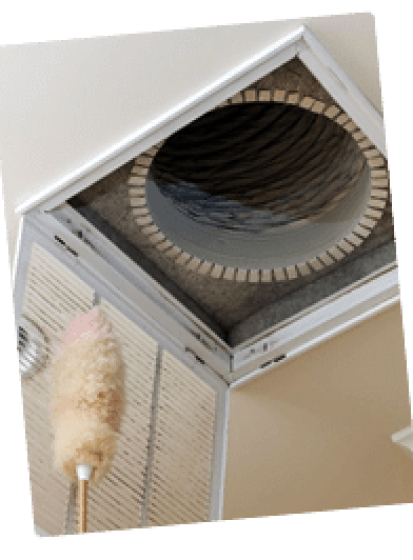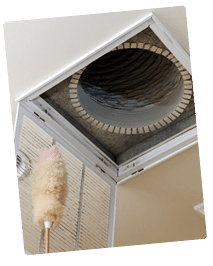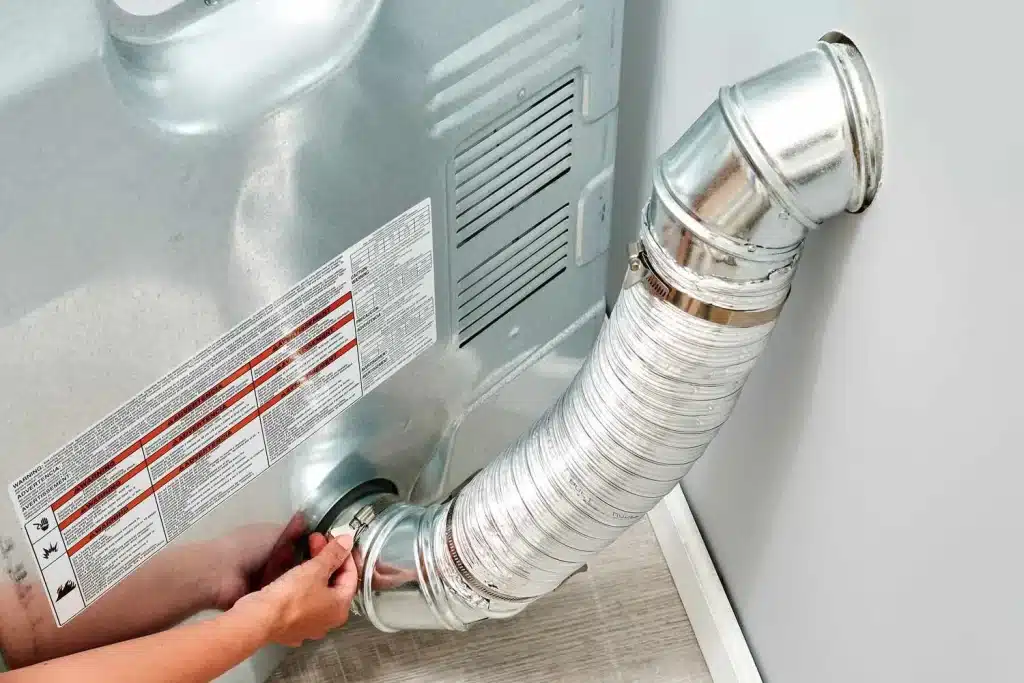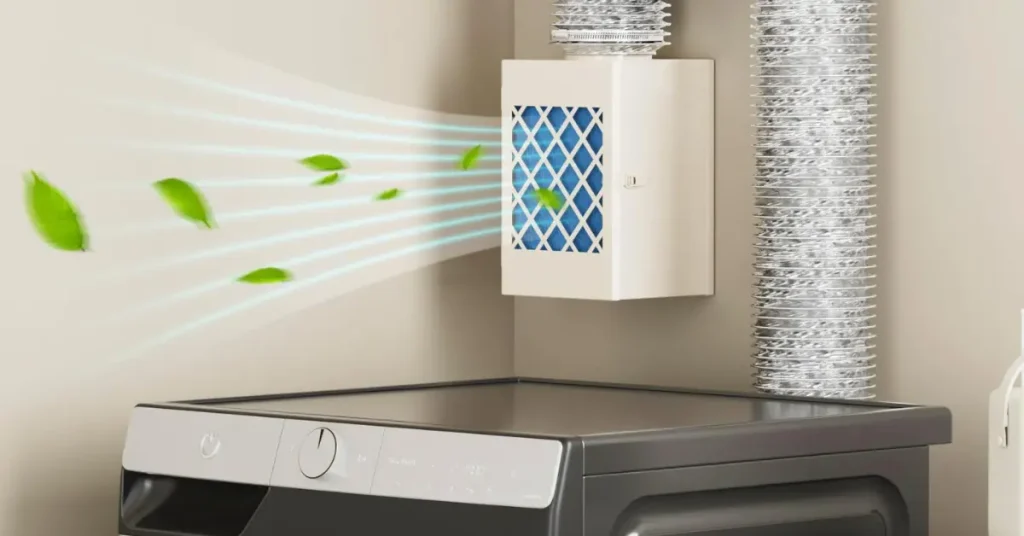Wondering about those indoor dryer vent options at your local hardware store? If you can’t vent to the outside or need a temporary solution, an indoor dryer vent might be your answer. These handy kits catch lint and moisture that would normally go outside. Let’s dive into what they are, how they work, and if they’re right for your laundry setup.
What is an Indoor Dryer Vent Kit and How Do Dryer Vents Work?


An indoor dryer vent kit is basically a water-filled container with a filter that connects to your clothes machine’s exhaust. Normal exhaust systems push hot, moist air outside through a duct or pipe. But when outside venting isn’t possible, an indoor dryer vent captures lint and directs the warm air back into your home.
These kits typically include a hose, water reservoir, and filter system. The water helps trap lint particles while allowing the warm air to recirculate. Most indoor dryer vent systems need regular maintenance to work properly. The filters catch the fuzzy stuff that would otherwise float around your home or create fire hazards.
Pros and Cons of Indoor Dryer Vents
Before installing an indoor dryer vent, it’s important to weigh the good against the not-so-good. This helps you make a smart choice for your specific situation.
Benefits When You Use an Indoor Dryer Vent
Using an indoor dryer vent offers several advantages for homeowners with limited options. First, it makes laundry possible in spaces where exterior venting isn’t available, like apartments or interior rooms. These systems are generally affordable compared to construction costs for exterior venting.
During winter months, the warm air released can actually help heat your home. Installation is typically simple enough for a DIY project without special tools. Most indoor dryer vent kits are portable, so you can take them if you move.
Here are the key benefits:
- Works in apartments where modifications aren't allowed
- Costs less than cutting through walls for outside venting
- Adds warmth to your home in cold weather
- Installs quickly without professional help
- Moves easily if your laundry setup changes

Important Cons and Air Duct Considerations
The downsides of an indoor dryer vent can’t be ignored if you want a complete picture. Moisture levels in your home might increase, potentially leading to mold or mildew problems. This is especially concerning in smaller spaces or homes that already have humidity issues.
Energy efficiency suffers because your clothes take longer to dry when using an indoor dryer vent. The filters require frequent cleaning, sometimes after every load of laundry. Without proper maintenance, these systems can create lint buildup elsewhere in your home, which isn’t just messy but potentially dangerous.
Installation, Maintenance and Dryer Vent Cleaning Services
Installing an indoor dryer vent kit usually takes under an hour with basic household tools. First, disconnect your machine from its current exhaust. Then attach the new hose to your appliance’s exhaust port and secure the other end to the filter unit.
Maintenance is crucial for safety and performance. Empty the water reservoir regularly and clean the filter after every few loads. A monthly deep cleaning helps prevent lint buildup that could restrict airflow. Some homeowners schedule professional cleaning services yearly to ensure everything works properly.
Making Your Indoor Dryer Vent Decision: Clean, Safe, and Effective
When deciding if an indoor dryer vent is right for you, consider your specific living situation. These systems work best as temporary solutions or in spaces where exterior venting simply isn’t an option. The convenience factor is significant, especially for renters.
Always follow manufacturer guidelines for maintenance and replacement schedules. The small effort of regular cleaning pays off in better performance and reduced risk. Remember that while an indoor dryer vent solves immediate problems, exterior venting remains the gold standard for efficiency and safety when possible.
By weighing all factors, you can determine if an indoor dryer vent meets your needs while keeping your laundry routine running smoothly. The right choice depends on your space, budget, and how much maintenance you’re willing to perform.
Frequently Asked Questions About Indoor Dryer Vents
Will an indoor dryer vent affect my home's air quality?
Yes, indoor vents can impact air quality if not maintained properly. They release warm, moist air into your living space, which might increase humidity levels. This could lead to dust accumulation and potential mold growth. Using a quality lint trap and cleaning filters regularly helps minimize these issues. The best models catch most particles before they enter your indoor air.
How often should I clean my indoor vent system?
For optimal performance, empty the water reservoir after each use and clean the lint trap every 1-3 loads. Deep clean the entire system monthly, checking flexible hoses for dust buildup. Professional duct cleaning services are recommended annually for thorough maintenance. Regular cleaning prevents mounting problems with your clothes dryer and extends the life of your system.
Can I install an indoor vent in any laundry room?
Not all laundry rooms are ideal for indoor venting. You’ll need adequate space for the unit and good room ventilation. Smaller spaces might struggle with the extra humidity. Consider room size, existing air circulation, and proximity to windows. Most systems have flexible mounting options to fit various setups, but always ensure you’re meeting local building codes.

